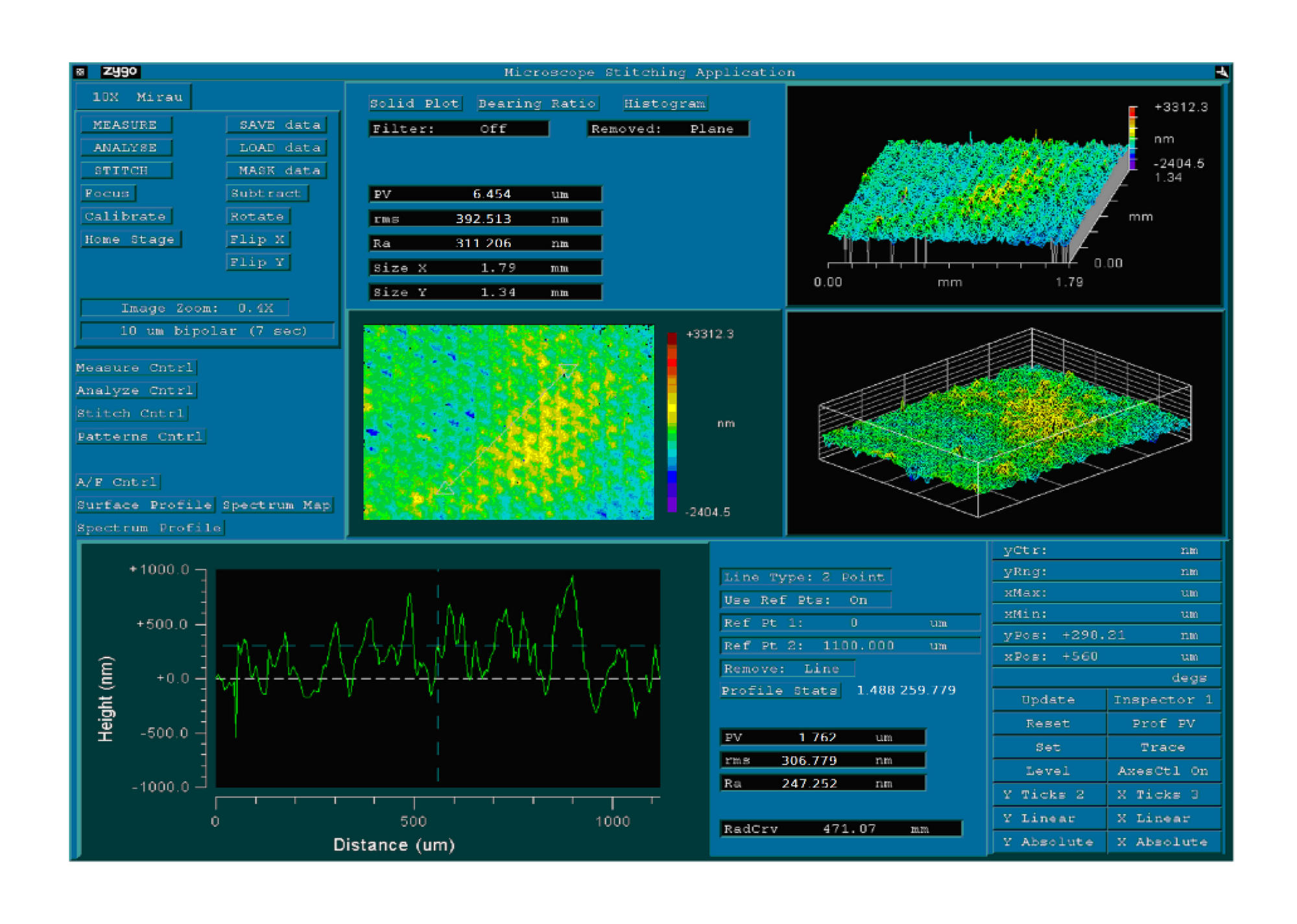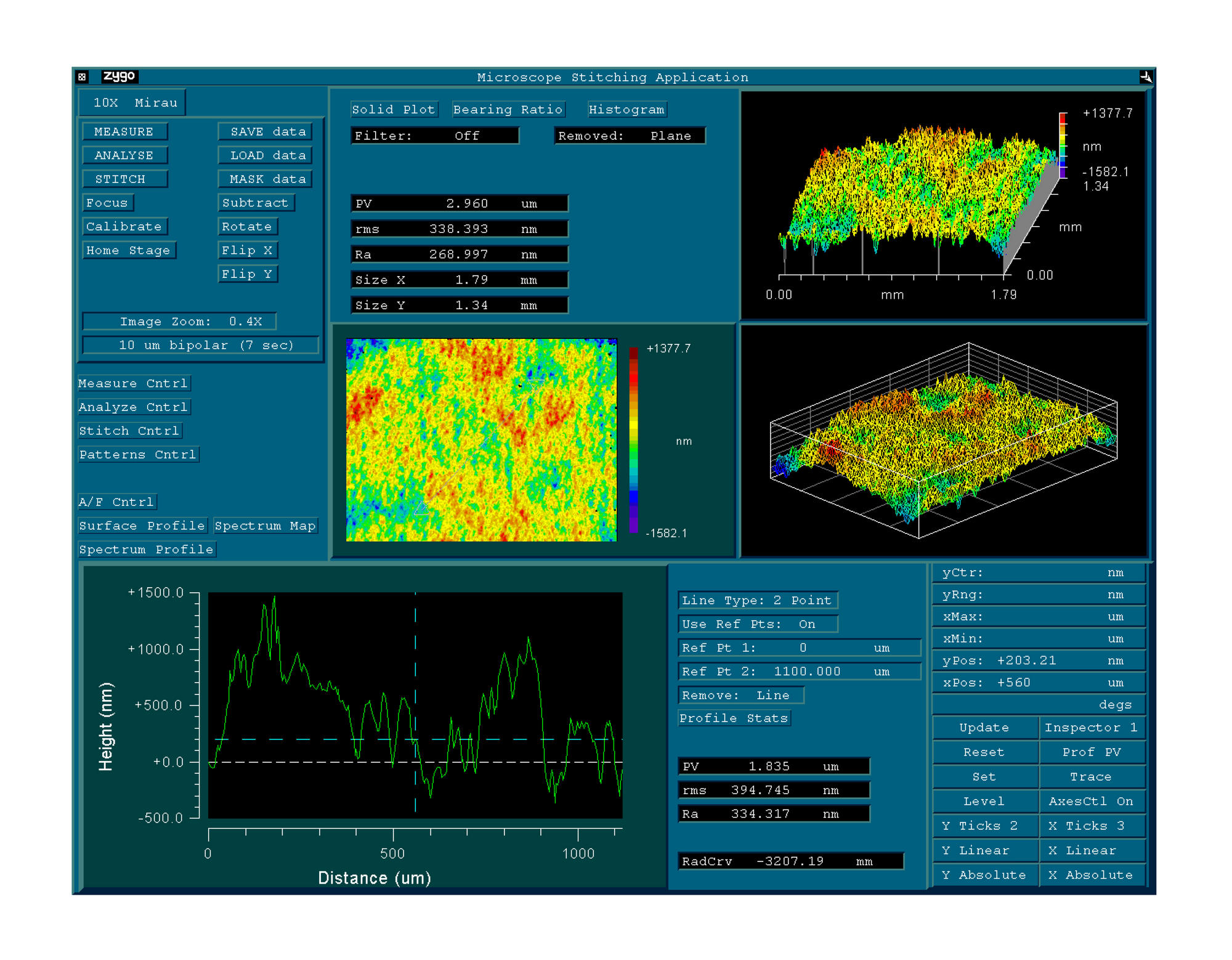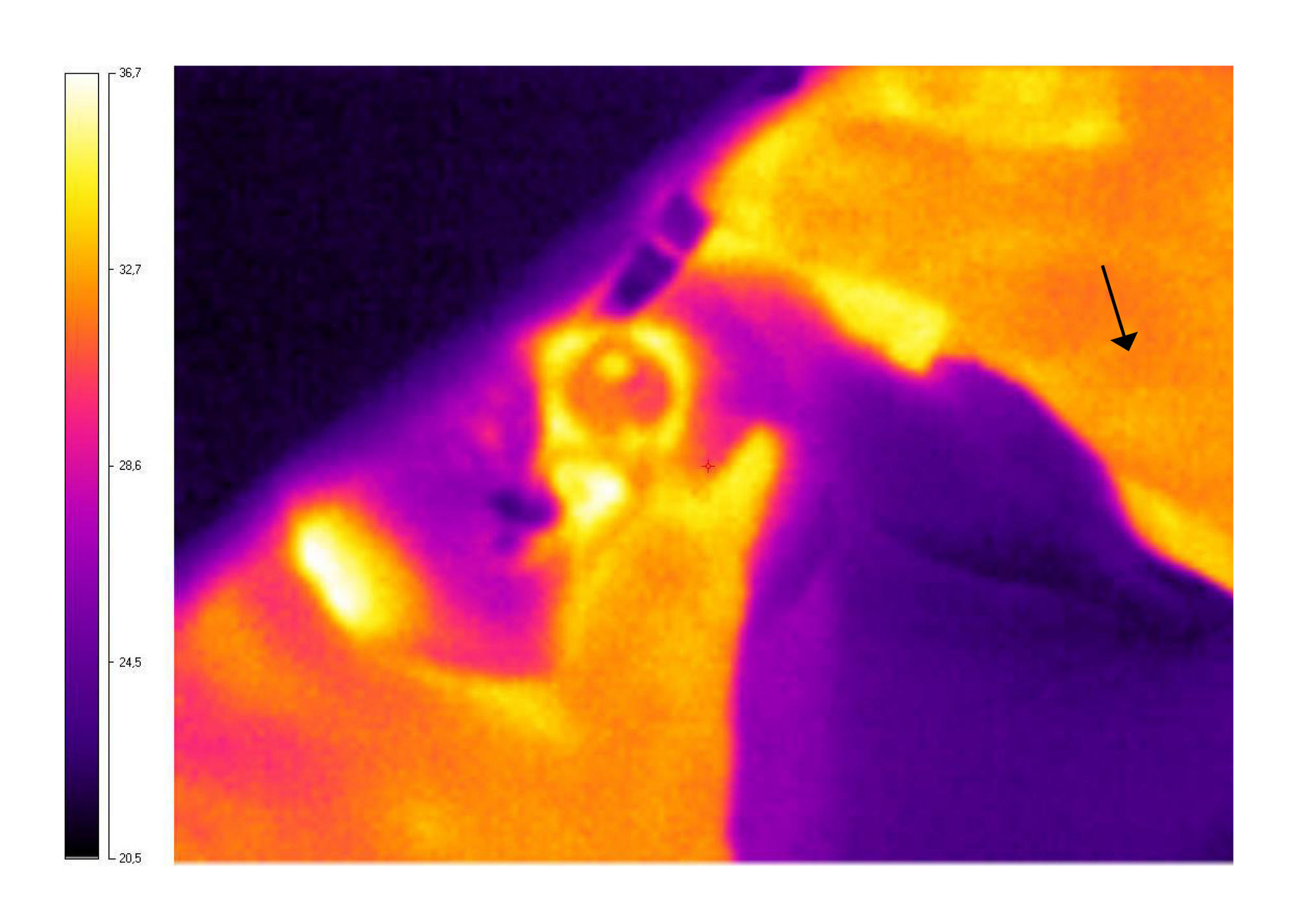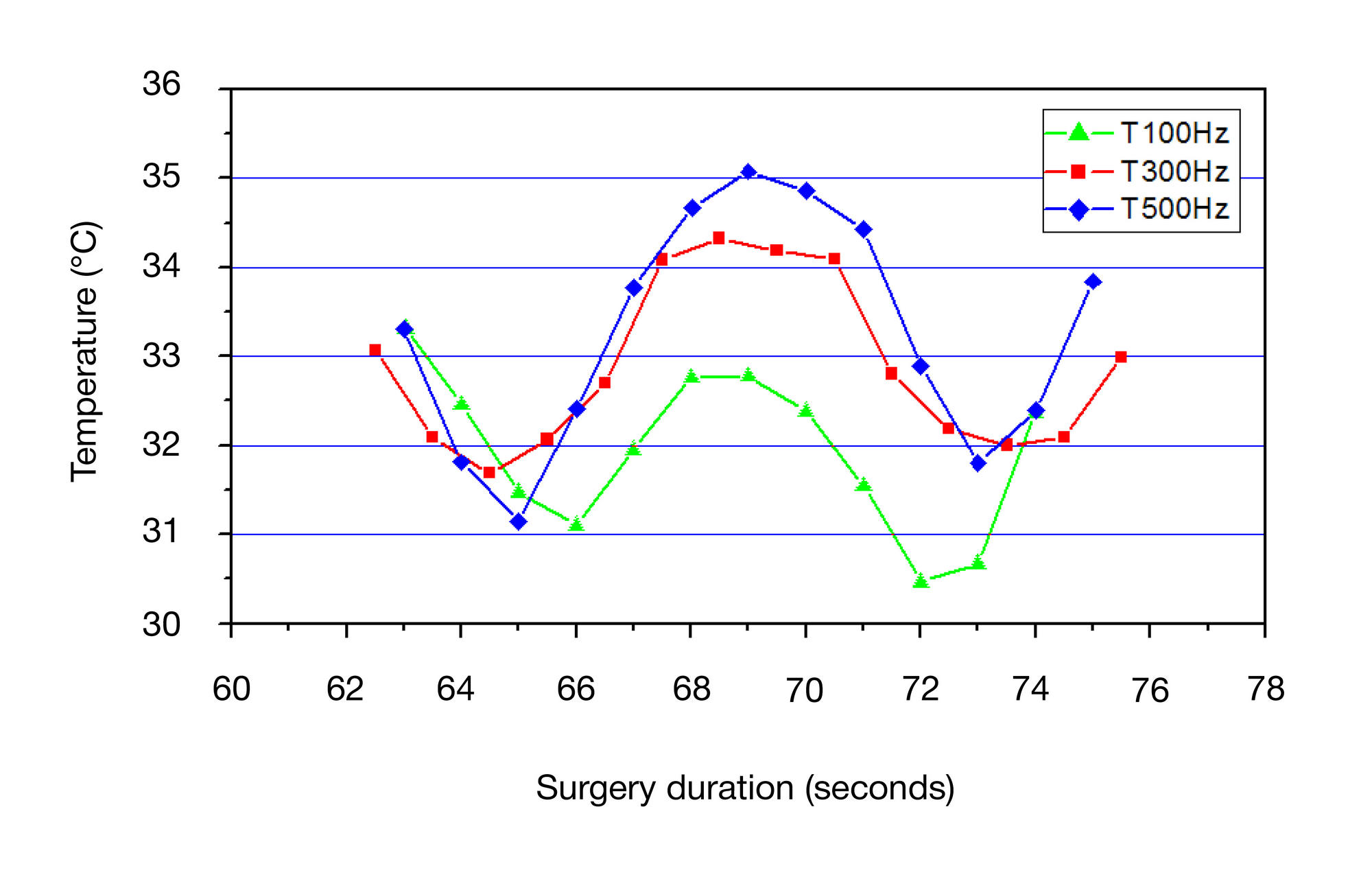
ISSN Print 2500–1094
ISSN Online 2542–1204
Bulletin of RSMU
BIOMEDICAL JOURNAL OF PIROGOV UNIVERSITY (MOSCOW, RUSSIA)

Department for Clinical Research in Ophthalmology,Clinical Research Center for Otorhinolaryngology, Moscow, Russia
Correspondence should be addressed: Nika Takhchidi
Volokolamskoe shosse, d. 30, str. 2, Moscow, Russia, 123182; ur.ay@ht-akin




